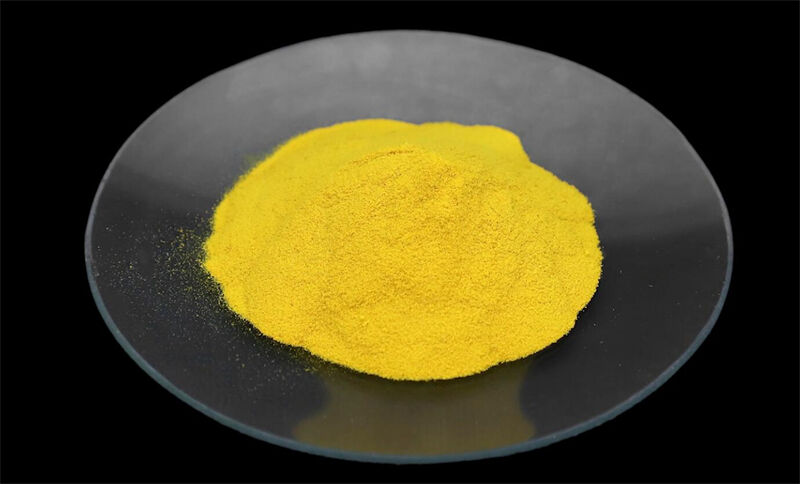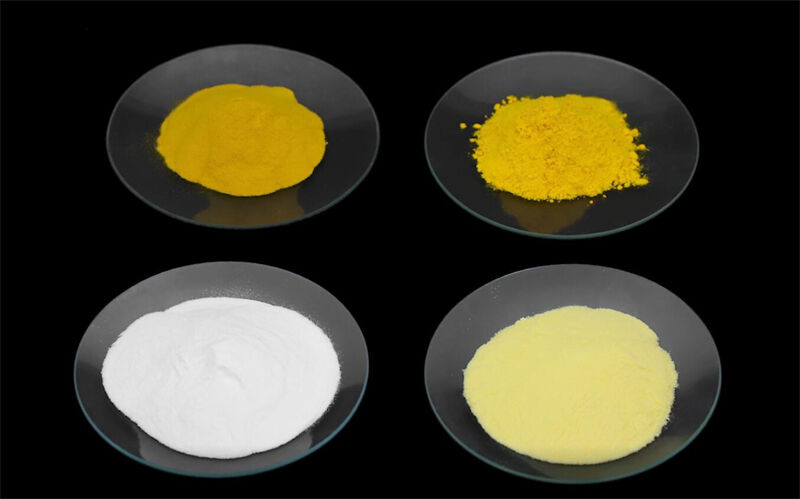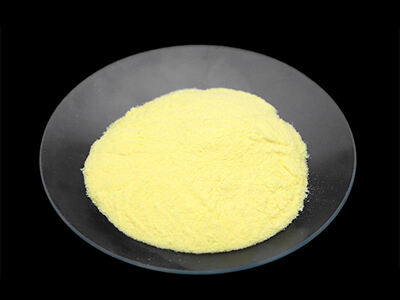Background Clean and safe water is essential for domestic, irrigation, and industrial purposes. It is only within the past two decades that greener water treatment processes have emerged and evolved. One promising alternative is replacing aluminum salts by using Poly Aluminum Chloride (PAC), which is a chemical compound that if the ability and friendly environment has encouraged research on the subject.

Low Cost, High Efficiency
It is inexpensive, and provides the highest efficiency and thus, the best option today. Both alum and ferric chloride are representative coagulants, which have been applied in water treatment plants for a long time. Yet, they are not beyond doubt considering that the mixed doses needed, when similar as weight-of-fact compared with PAC, may result both in chemicals and sludge consumption.
PAC Polyaluminum Chloride can be in lower dosage but because it has higher charge density and better coagulation than alternative coagulants. This serves to increase the capability of this filter to agitate and clump particle particles that are in the water, a phenomenon which results in the sedimentation process occurring quicker and more efficiently. The result is water which is clearer, with a lower turbidity and less organic material.
PAC Polyaluminum Chloride savings result partly from reduced PAC demand and partly from related energy and maintenance reductions. superior performance across the entire pH range reduces the need for coagulant aids and reduces cost of operation. Not only economically, but as for the environment, the PAC useful for obtaining a pilled compact sludge which can be disposed of as a refuse at low costs also lowers the cost of the disposal of sludge, opposite to the previously known method.

Escorting in a new Green Water Treatment Epoch
Fulfilling a world starved of green science, the water treatment industry has no choice but to keep up the pace of innovation. Polyaluminum Chloride does that with the benefit of being a green alternative in coagulation. One of the reasons for the low environmental burden of the JA process is the small amount of sludge production, which reduces the landfill and sludge management requirements.
What is more, PAC Polyaluminum Chloride does not contain heavy metal substances in its production process in contrast with some typical coagulants and would be harmful to the environment and health. Its stability and solubility prevent chemical residues so users are more protected from lingering chemicals and have cleaner water for human consumption and fragile environments.
That adaptability extends to a diverse range of water sources and qualities, providing a PAC solution to an assortment of water treatment issues. Be it handling of health or water and resource conservation; be it the town waste water, industrial waste or drinking water supply; PAC is equipped to meet the green-water technology challenges that you are facing today and those of tomorrow. All the stuff, suspended solids, oils, organics, it can separate the giant floating island, is yet another reason that it makes a positive impact on our environment.
As more of the world’s population lives in urban environments and with industrial runoff pressuring water supplies, efficient, earth-conscious water treatment is more important than ever. PAC, serving as a flocculant which can exhibit a higher treatment efficiency and environmentally friendly than traditional inorganic flocculants, might construct a more “environmentally friendly” floc.

Conclusion
Poly Aluminium Chloride is leading the path from the traditional products to the green-water treatment field. It is an alternative application with low cost and high efficiency for WWT plants achieving operations for minimum overhead. In the meantime, that PAC (role in propelling that greener future for the water treatment industry is a component of a larger quest for greener and sustaining alternative. And when we do, PAC use and development will be a must to a cleaner, healthier world for future generations.

 EN
EN
 AR
AR BG
BG HR
HR NL
NL FI
FI FR
FR DE
DE IT
IT KO
KO NO
NO PL
PL PT
PT RU
RU ES
ES SV
SV TL
TL ID
ID LV
LV SL
SL UK
UK VI
VI SQ
SQ HU
HU MT
MT TH
TH TR
TR FA
FA MS
MS BE
BE HY
HY AZ
AZ KA
KA BN
BN CEB
CEB






